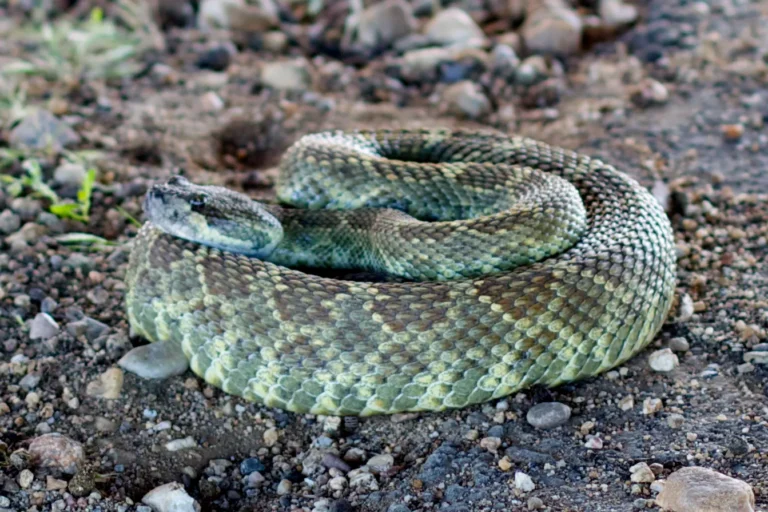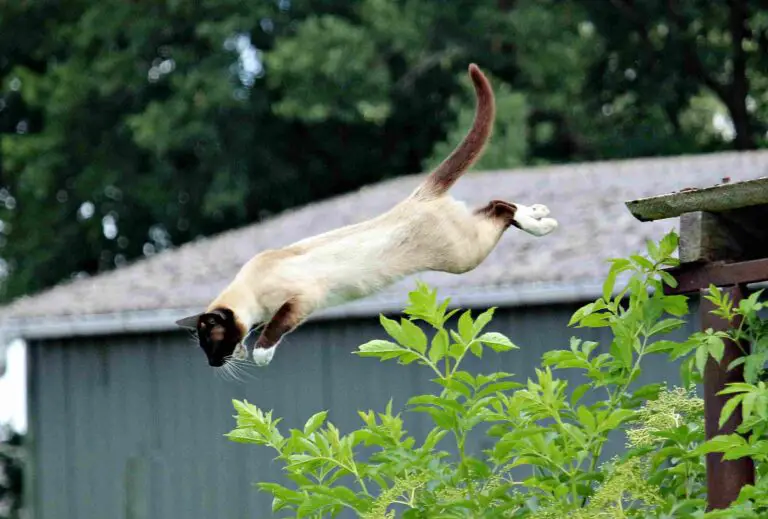Cat Vs Rat Who Would Win, Overall Comparison
Comparing the dynamics between cats and rats underscores the vast differences in their taxonomic classifications and predatory behaviors. While cats belong to the family Felidae, rats fall under the order Rodentia. In a hypothetical confrontation, any cat species, being predatory, agile, fast, and strong, would likely overpower and kill any species and size of rat due to their inherent hunting instincts and physical advantages.
Cat vs Rat Fight Prediction, Taxonomic Overview: Navigating Feline-Rodent Dynamics
I. Taxonomic Differences:
– Cats and rats belong to distinct taxonomic classifications. Cats, as members of the family Felidae, have predatory characteristics, while rats fall under the order Rodentia, emphasizing their rodent classification.
II. Predatory Instincts:
– Cats, being natural predators, possess strong predatory instincts. Their ability to stalk, pounce, and capture prey is deeply ingrained, making them effective hunters in various environments.
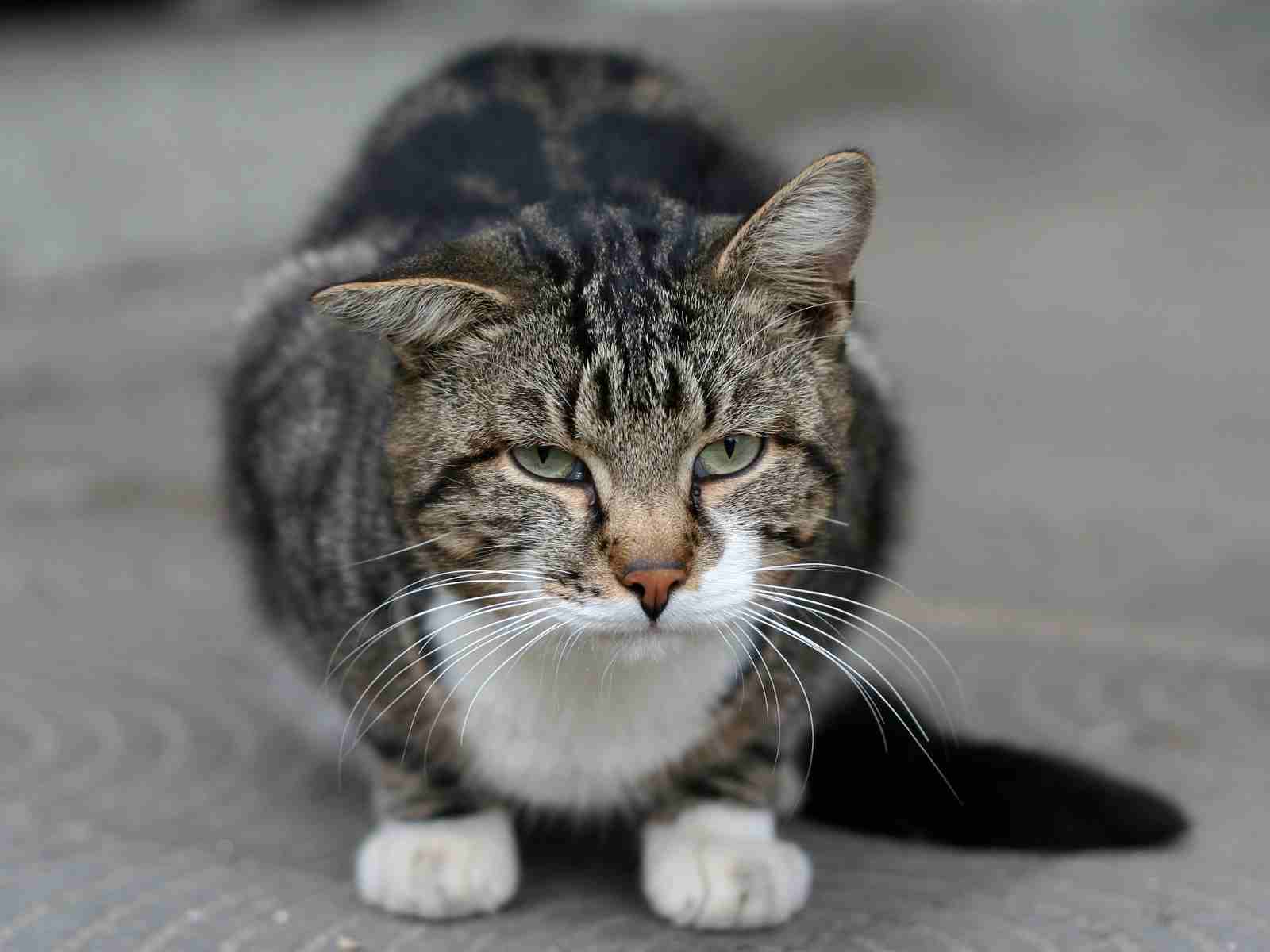
III. Agility, Speed, and Strength:
– Cats exhibit remarkable agility, speed, and strength, which are essential traits for successful hunting. These attributes give them a significant advantage in confrontations, allowing them to outmaneuver and overpower their prey.
IV. Hypothetical Confrontation:
– In a hypothetical confrontation between a cat and a rat, the cat’s predatory nature, coupled with its physical capabilities, would likely result in the cat overpowering and killing the rat, irrespective of the rat’s species or size.
V. Natural Hunting Behaviors:
– Cats engage in natural hunting behaviors, driven by their instincts to seek and capture prey. Rats, being small mammals and natural prey for cats, would trigger a cat’s hunting responses.
VI. Real-Life Considerations:
– While hypothetical confrontations between domestic cats and rats may occur, it is important to note that responsible pet ownership and environmental management can minimize such interactions. Cats should be kept indoors, and secure measures can be implemented to deter rats in shared environments.
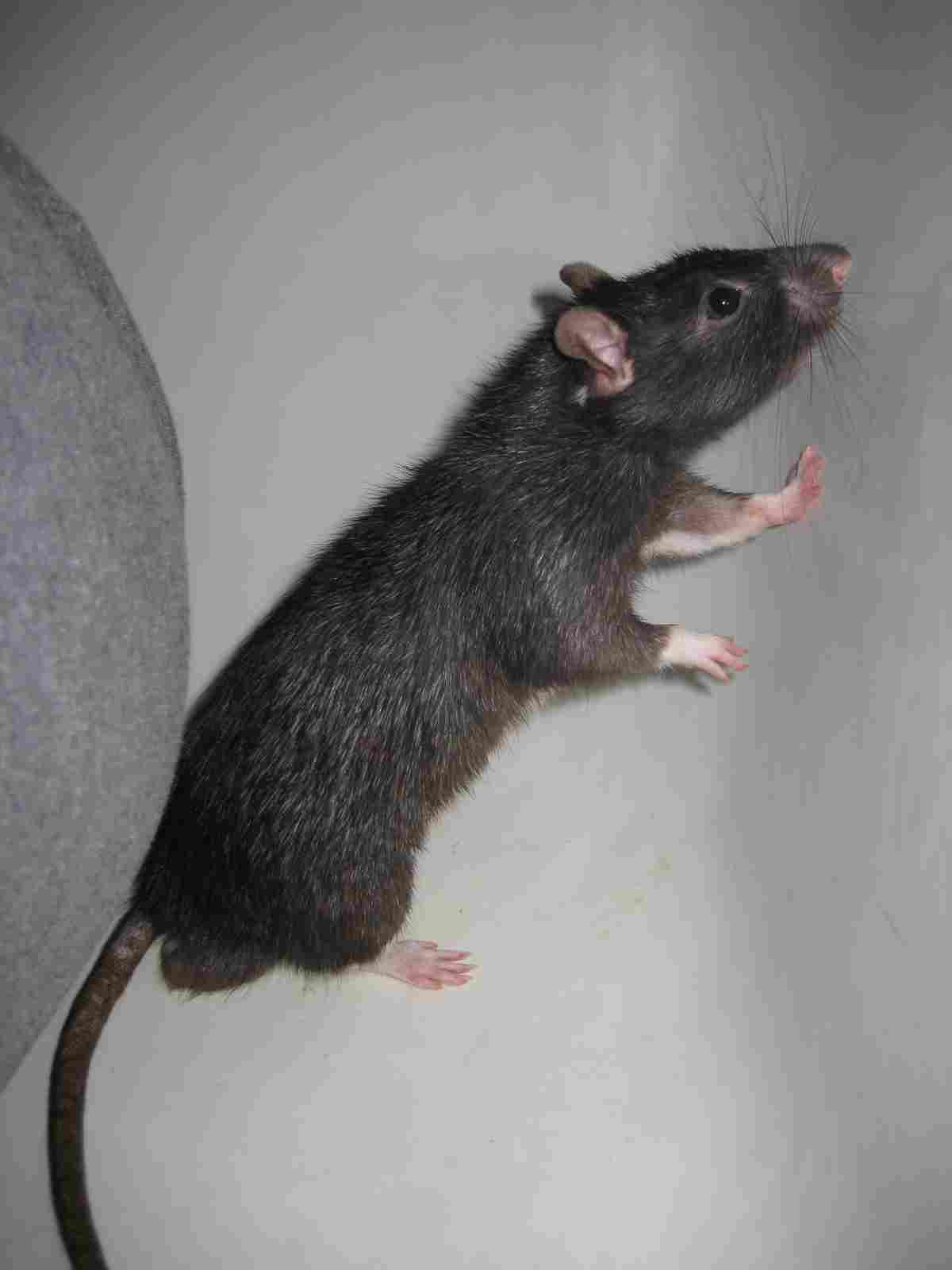
VII. Fostering Coexistence:
– Recognizing the inherent differences in behavior and classification between cats and rats contributes to fostering coexistence. Responsible pet ownership and environmental practices play key roles in maintaining balance and harmony in shared habitats.
*Details of Comparison
| Criteria | Cat | Rat |
| Appearance | Varied coat, retractable claws |
Brown/gray fur, long tail, pointed snout
|
| Size | Small to medium-sized |
Medium-sized, adults 6-9 inches in length
|
| Weight | 5-20 pounds (varies by breed) |
7-18 ounces (varies by species)
|
| Bite Force (PSI) | 150-200 PSI | <10 PSI |
| Offensive Advantages | Sharp claws, strong bite, reflexes |
Nimble, good climbers
|
| Defensive Advantages | Agility, speed, sharp claws, teeth |
Quick reflexes, burrowing ability
|
| Speed | Up to 30 mph | ~8 mph |
| Agility | Exceptional, jumping |
Agile, navigating narrow spaces
|
| Senses | Excellent night vision, keen hearing |
Good night vision, acute hearing, smell
|
| Overall Physical Capacity | Balanced strength, speed, agility |
Versatile, efficient burrowers and climbers
|
| Habitat Preference(s) | Adaptable, prefer hiding spots |
Thrive in urban environments, prefer burrows
|
| Tracks | Paw prints with retractable claws |
Paw and tail marks, erratic gait
|
| Lifespan | 12-20 years | 1-2.5 years |
| Mode of Feeding | Carnivorous | Omnivorous |
| Intelligence | Problem-solving, social intelligence |
Highly intelligent, complex communication
|
| Social Behavior | Varies (solitary to social) |
Highly social, live in colonies
|
| Reproduction | Sexually reproducing, gestation ~63 days |
Rapid reproducers, gestation 21-23 days
|
| Parental Behavior | Maternal care, teach hunting skills |
Attentive mothers, provide social interactions
|
| Proximity to Human Areas | Coexist, may form bonds |
Adaptable to urban environments
|
| Behavior Toward Humans | Varied (affectionate to independent) |
Cautious (wild rats), may be social (domesticated)
|
| Danger Posed to Humans | Generally not considered dangerous |
Generally not considered dangerous
|
| Associated Precautions | Handling precautions, vaccinations |
Waste management, health risks
|
| Conservation Status | Domestic not a concern; some wild species endangered |
Common species not conservation priorities
|
| Conclusion: Similarities |
Mammals with complex behaviors, urban coexistence
|
|
| Conclusion: Differences | Cats: Carnivores, various sizes, companionship |
Rats: Omnivores, high reproduction, adaptability as pests
|
Key Points
- Cats are carnivores, while rats are omnivores.
- Cats generally have larger sizes, weights, and bite forces than rats.
- Both species are highly adaptable to urban environments.
- Cats may form bonds with humans, while rats are cautious (wild) or may be social (domesticated).
- Conservation concerns vary, with some wild cat species endangered, while common rat species are not conservation priorities.
1. Taxonomy:
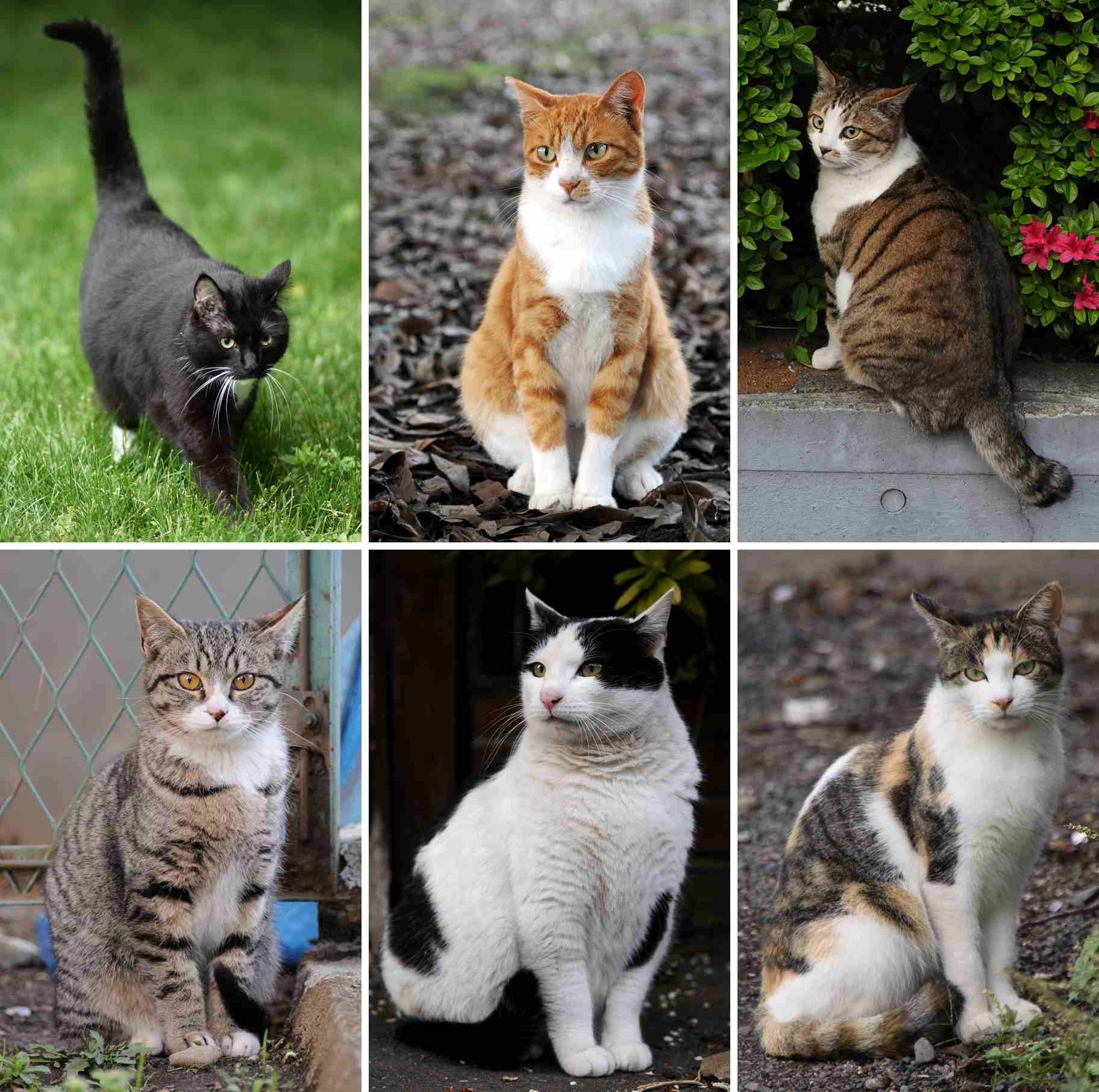
Cat:
Kingdom: Animalia
Phylum: Chordata
Class: Mammalia
Order: Carnivora
Family: Felidae
Genus: Felis (domestic cat – Felis catus)
Species: Varies (domestic cats belong to various species)
Rat:
Kingdom: Animalia
Phylum: Chordata
Class: Mammalia
Order: Rodentia
Family: Muridae
Genus: Rattus (common rat – Rattus norvegicus)
Species: Varies (depending on specific rat species)
2. Appearance:
Cat:
Varied coat colors and patterns; domestic cats exhibit diversity.
Sharp retractable claws and keen eyesight.
Slender body with a flexible spine for agility.
Rat:
Typically brown or gray fur, long tail, and pointed snout.
Short, sharp claws for digging and climbing.
Compact body with a long, scaly tail.
Comparison:
Both have fur-covered bodies but differ in size, structure, and specific features.
Ecological Implications:
Cats play a role in controlling rodent populations, helping maintain ecological balance.
Rats contribute to ecosystem dynamics but can become pests in human settlements.
3. Size:


Cat:
Domestic cats vary in size; typically small to medium-sized.
Different breeds exhibit diverse size ranges.
Rat:
Sizes vary among rat species; common rats are medium-sized.
Adults range from 6 to 9 inches (15 to 23 cm) in length.
Comparison:
Cats are generally larger than rats, but sizes can overlap, especially with smaller cat breeds.
Ecological Implications:
Size affects the predator-prey dynamic, influencing hunting strategies and competition for resources.
4. Weight:
Cat:
Domestic cat weights range from 5 to 20 pounds (2.3 to 9.1 kg).
Varies significantly depending on breed and individual health.
Rat:
Common rats weigh around 7 to 18 ounces (200 to 500 grams).
Weight influenced by age, diet, and species.
Comparison:
Cats are substantially heavier than rats on average.
Ecological Implications:
Weight impacts energy requirements, hunting tactics, and the ecological niche each species occupies.
5. Bite Force (PSI – Pounds per Square Inch):
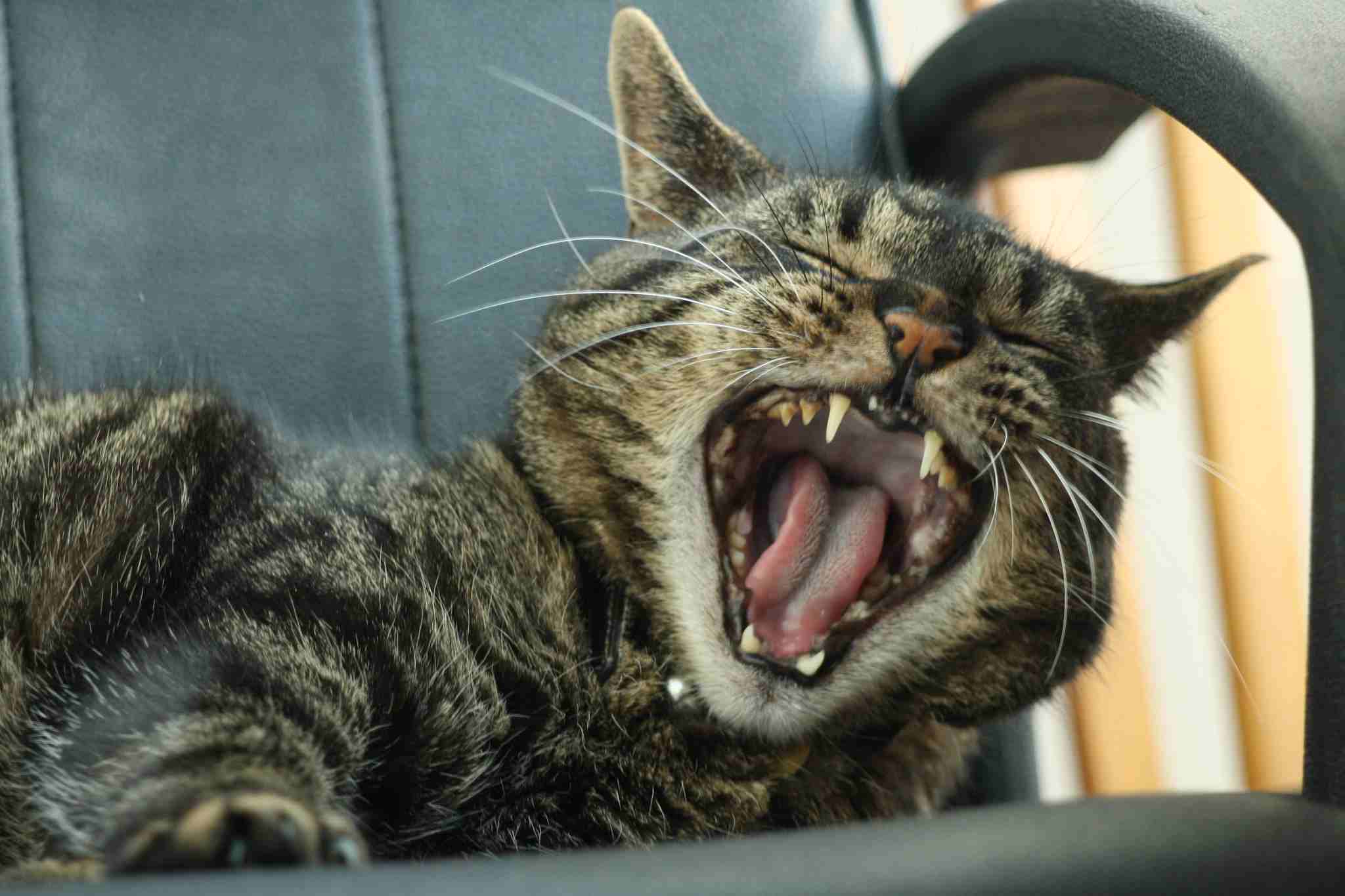
Cat:
Domestic cat bite force is around 150 to 200 PSI.
Strong jaws designed for gripping and tearing meat.
Rat:
Rat bite force is less than 10 PSI.
Adapted for gnawing and chewing on various materials.
Comparison:
Cats have a significantly stronger bite force than rats.
Ecological Implications:
Bite force influences hunting efficiency, prey handling, and adaptation to different food sources.
6. Physical Offensive Advantages:
Cat:
Sharp claws and strong bite for capturing and subduing prey.
Quick reflexes and agility provide an advantage in pursuing targets.
Rat:
Nimble and able to escape quickly through small spaces.
Excellent climbing abilities help avoid predators.
Comparison:
Cats possess superior offensive capabilities with sharp claws and a powerful bite.
Ecological Implications:
Offensive advantages impact the predator-prey relationship, influencing population dynamics in ecosystems.
7. Physical Defensive Advantages:
Cat:
Agility and speed aid in evasion and escape from larger predators.
Sharp claws and teeth serve as defensive tools.
Rat:
Quick reflexes and the ability to burrow provide escape options.
Sensitive whiskers help detect potential threats.
Comparison:
Both species rely on agility and speed for defense, but cats have more developed offensive capabilities.
Ecological Implications:
Defensive strategies influence survival rates, impacting population numbers and interactions with other species.
8. Speed (Km/hour or Mile/hour):
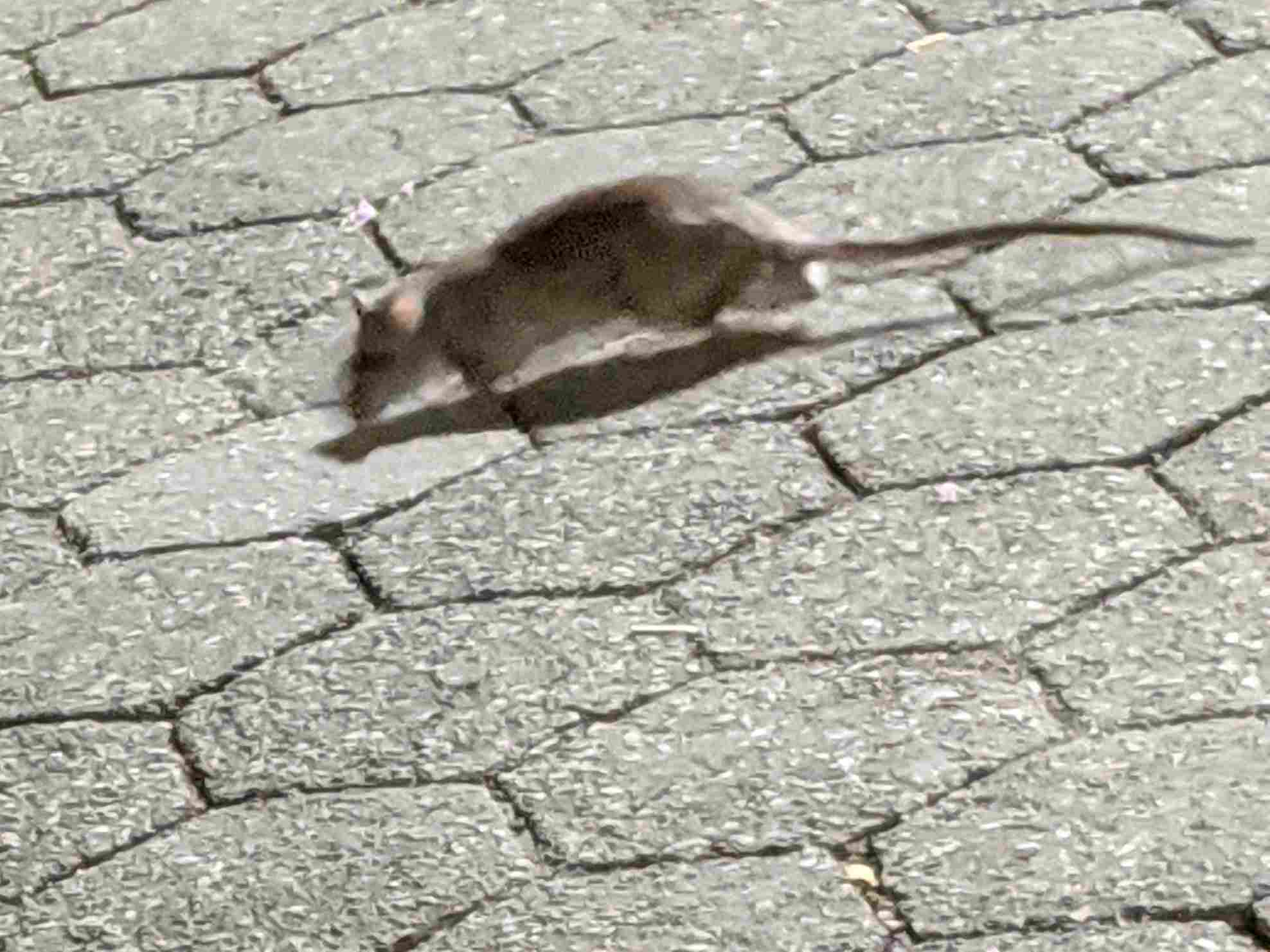
Cat:
Domestic cats can reach speeds up to 30 miles per hour (48 km/h).
Acceleration and agility are key components of their speed.
Rat:
Rats can run at speeds around 8 miles per hour (13 km/h).
Quick bursts of speed aid in escaping predators.
Comparison:
Cats are significantly faster than rats.
Ecological Implications:
Speed influences hunting success, escape from predators, and overall adaptability in various habitats.
9. Agility:
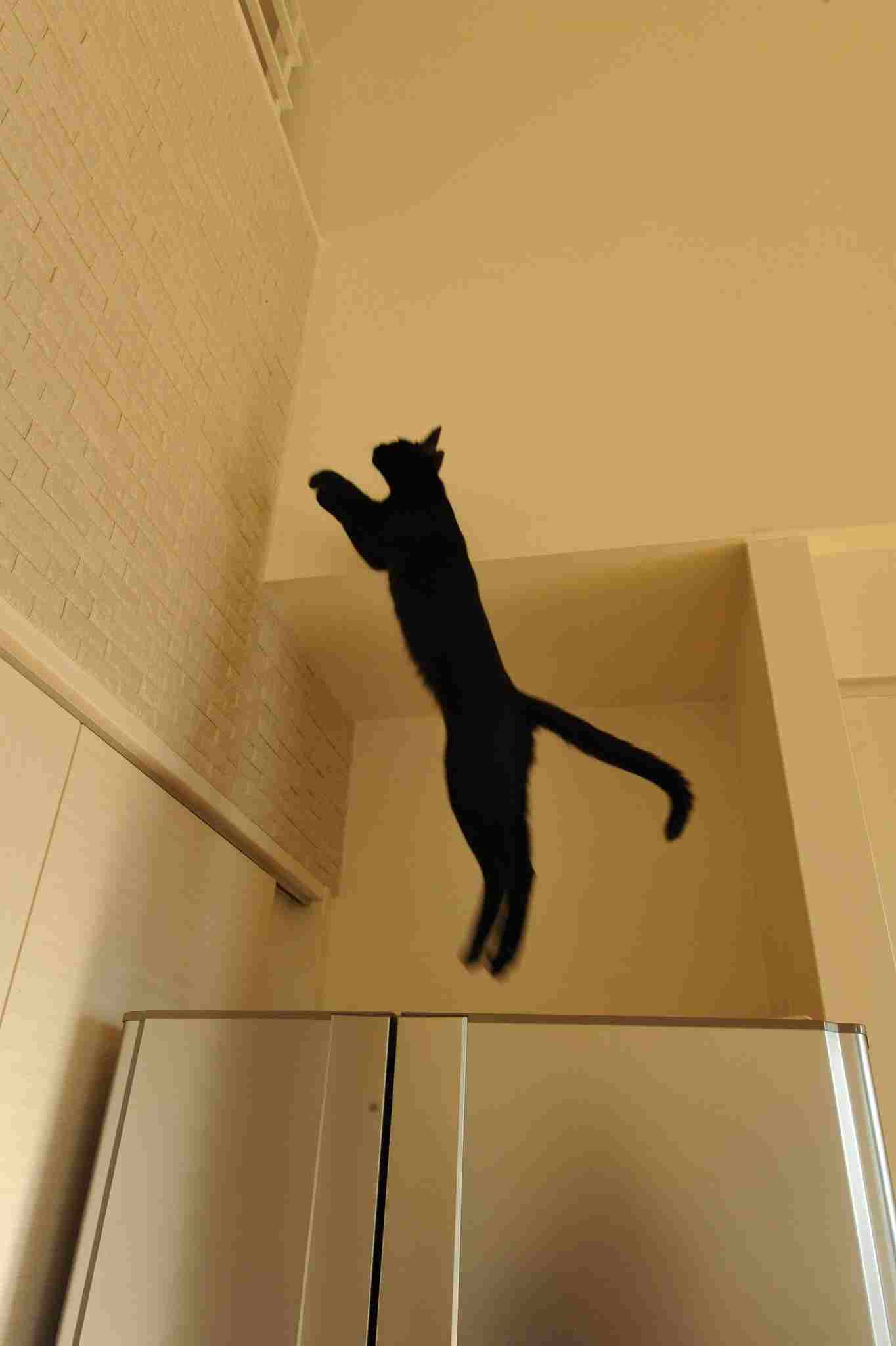
Cat:
Exceptional agility, with the ability to jump great heights and land gracefully.
Flexible spine and keen reflexes contribute to agile movements.
Rat:
Highly agile, capable of navigating narrow spaces and climbing surfaces.
Quick, precise movements assist in evading predators.
Comparison:
Both cats and rats exhibit impressive agility, adapted to their respective lifestyles.
Ecological Implications:
Agility affects hunting, escaping threats, and overall survival in dynamic environments.
10. Senses:
Cat:
Excellent night vision and keen sense of hearing.
Highly developed sense of smell for hunting and communication.
Rat:
Good night vision and acute hearing.
Strong sense of smell, crucial for navigation and identifying food sources.
Comparison:
Both species rely on heightened senses, with some variations in specialization.
Ecological Implications:
Senses play a crucial role in locating prey, avoiding predators, and navigating their environments.
11. Overall Physical Capacity:
Cat:
Well-rounded physical abilities, combining strength, speed, and agility.
Adaptability to various terrains and hunting strategies.
Rat:
Agile and quick, able to navigate diverse environments.
Efficient burrowers and climbers with versatile physical capabilities.
Comparison:
Cats exhibit a more balanced and versatile overall physical capacity.
Ecological Implications:
Physical capacity influences the range of habitats a species can thrive in and its effectiveness in exploiting resources.
12. Habitat Preference(s):
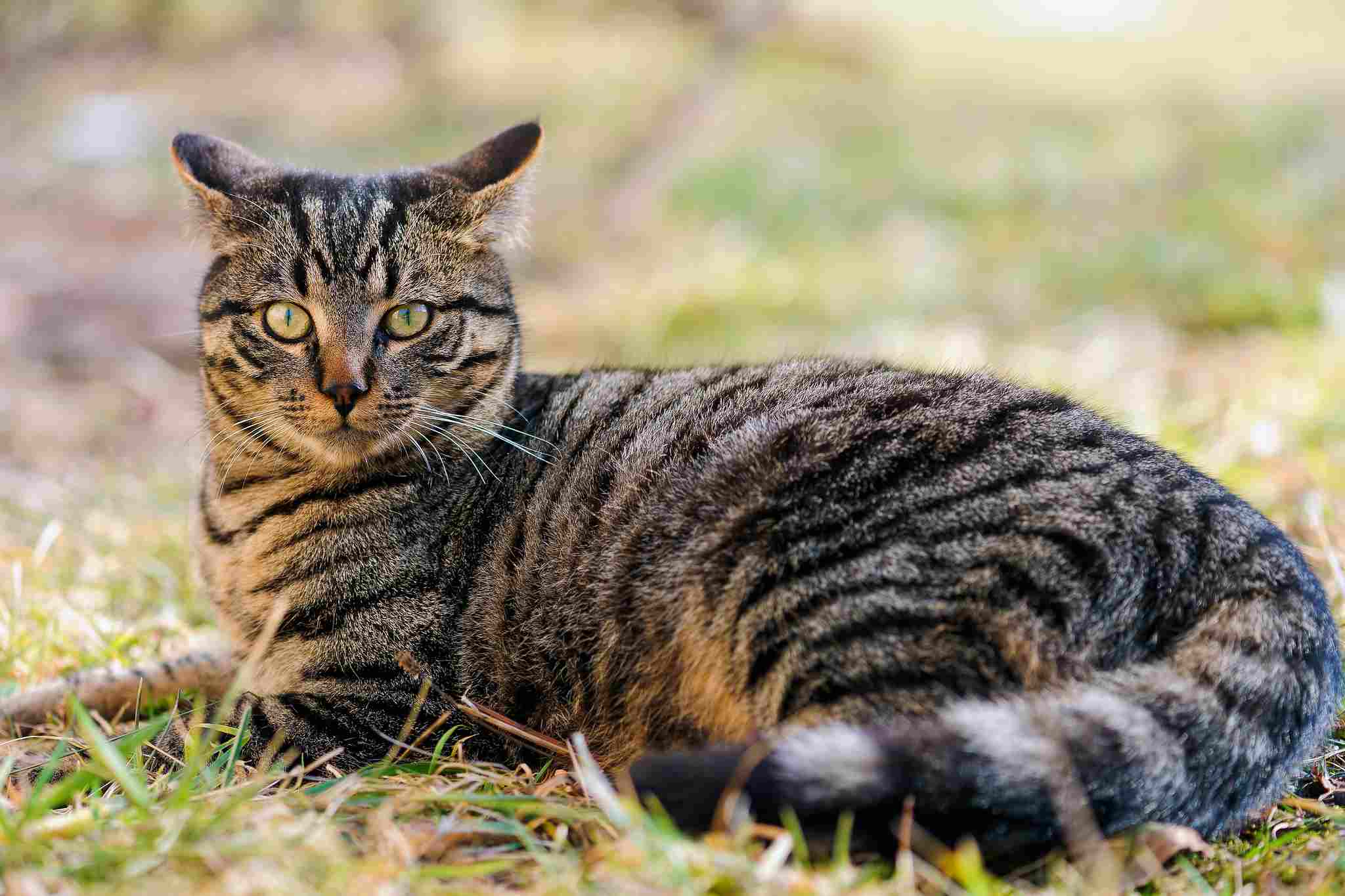
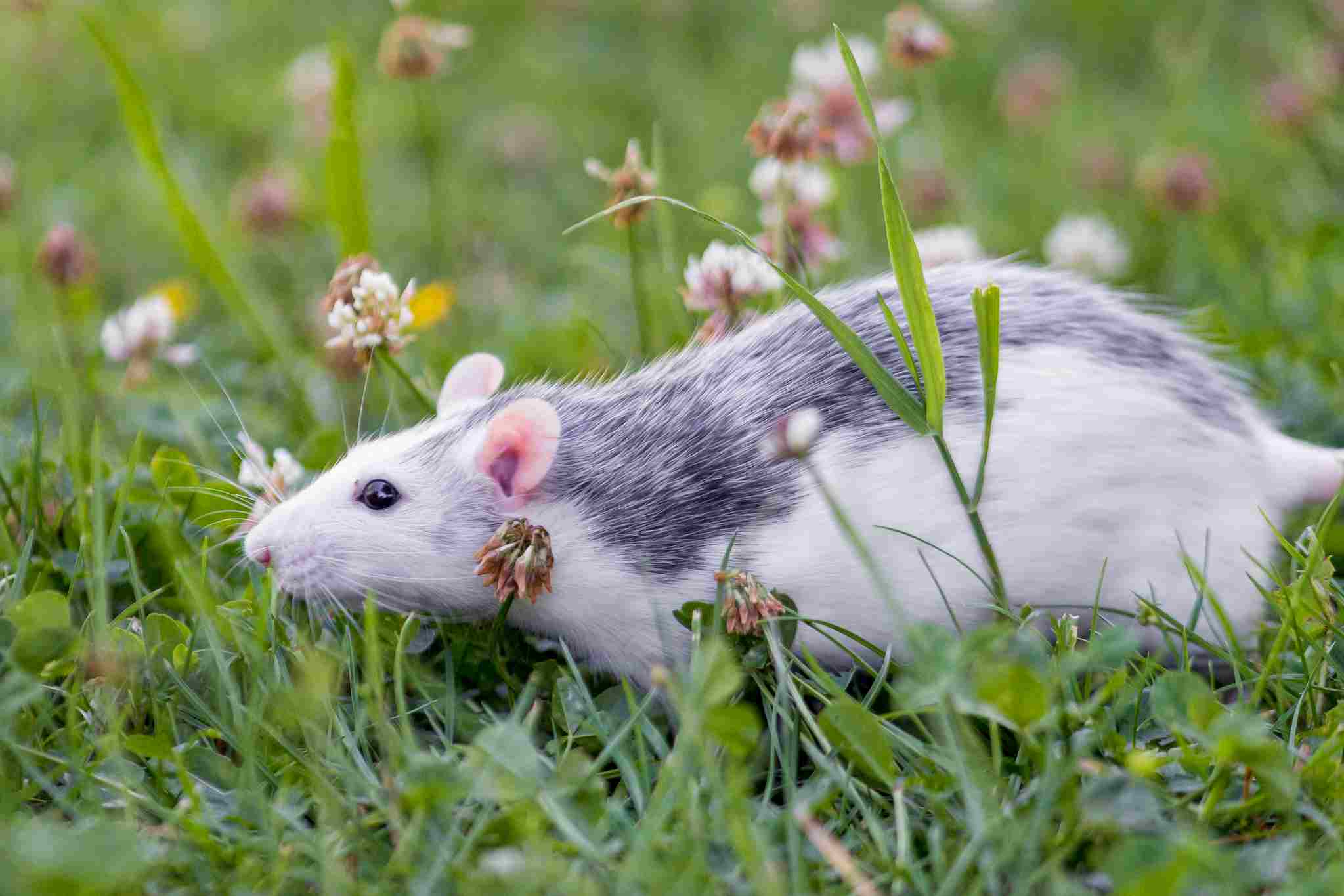
Cat:
Domestic cats are adaptable and can live in various environments.
Prefer areas with hiding spots for stalking prey.
Rat:
Rats thrive in urban environments but can adapt to diverse habitats.
Burrows and areas with access to food sources are favored.
Comparison:
Both species demonstrate adaptability but may have preferences based on available resources.
Ecological Implications:
Habitat preferences impact the distribution of species, affecting local ecosystems.
13. Tracks:
Cat:
Paw prints show retractable claws and a distinctive pad shape.
Often exhibit a direct, purposeful gait.
Rat:
Tracks show a combination of paw and tail marks.
More erratic gait, reflecting their smaller size and agility.
Comparison:
Tracks provide clues to the size and movement patterns of each species.
Ecological Implications:
Tracking can aid in monitoring population movements and understanding the ecological roles of these species.
14. Lifespan:
Cat:
Domestic cat lifespan typically ranges from 12 to 20 years, depending on factors like breed and health.
Outdoor cats may have shorter lifespans due to various risks.
Rat:
Wild rats have a shorter lifespan, usually around 1 to 2.5 years.
Lifespan influenced by factors such as predation, disease, and environmental conditions.
Comparison:
Cats generally have a significantly longer lifespan than rats.
Ecological Implications:
Lifespan influences population dynamics and the ecological impact of each species in their respective roles.
15. Mode of Feeding:
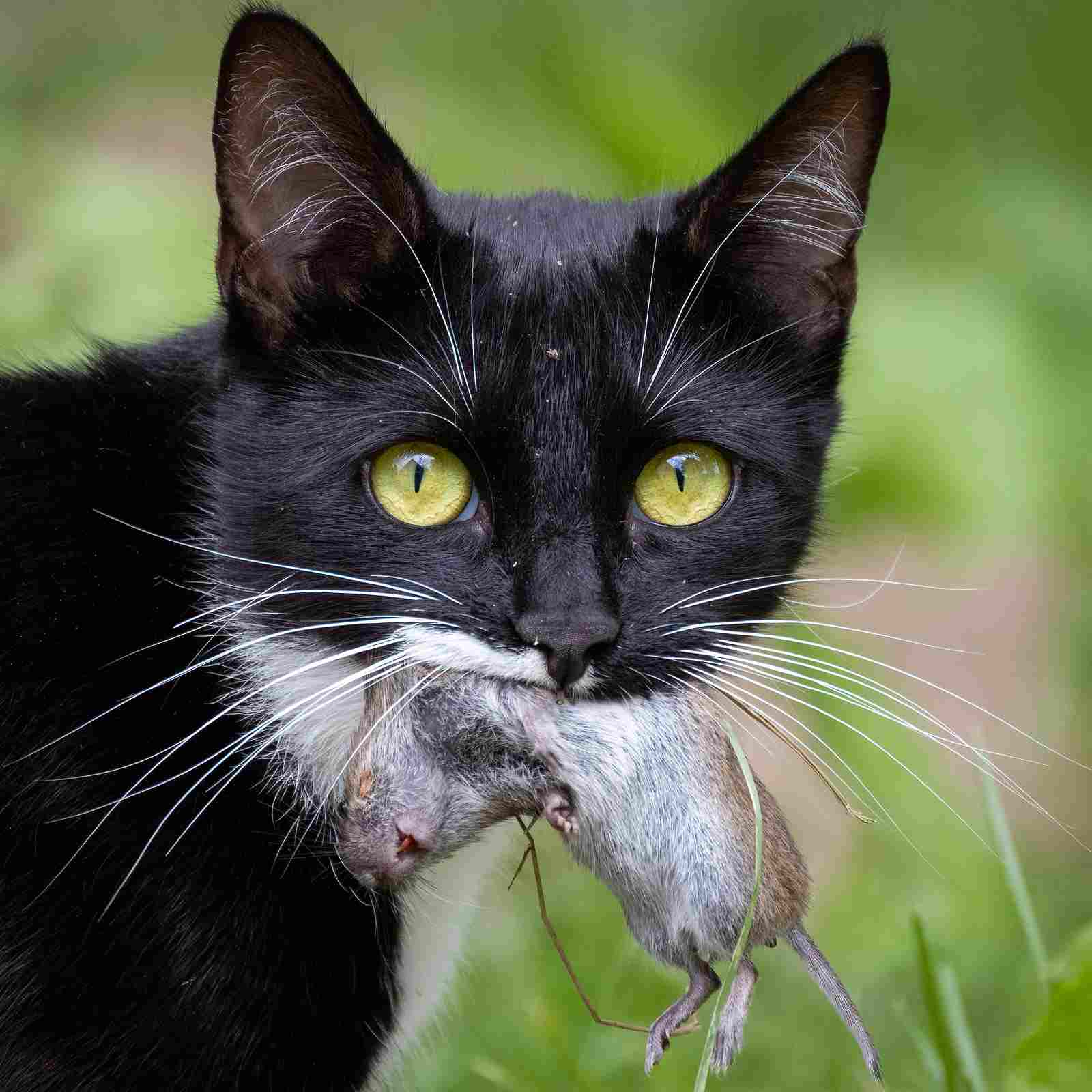

Cat:
Carnivorous diet, primarily consuming meat.
Domestic cats may also eat commercially prepared cat food.
Rat:
Omnivorous, feeding on a variety of foods including grains, fruits, and insects.
Adaptive diet based on the environment and food availability.
Comparison:
Cats are obligate carnivores, while rats are opportunistic omnivores.
Ecological Implications:
Feeding habits affect the balance of local ecosystems, influencing prey populations and resource utilization.
16. Cat vs Rat Intelligence:
Cat:
Domestic cats exhibit problem-solving skills and can learn from experiences.
Social intelligence in interactions with humans and other animals.
Rat:
Rats are highly intelligent, displaying problem-solving abilities.
Social animals with complex communication within their colonies.
Comparison:
Both cats and rats demonstrate intelligence, adapted to their respective needs.
Ecological Implications:
Intelligence influences the ability to find and secure resources, navigate environments, and interact within ecosystems.
17. Social Behavior:

Cat:
Domestic cats vary in social behavior; some are solitary, while others are more social.
Territorial tendencies, marking their environment with scent glands.
Rat:
Highly social animals, often living in colonies with complex hierarchies.
Cooperative behaviors for tasks such as nesting and foraging.
Comparison:
Rats are generally more social than cats, which are more variable in their social tendencies.
Ecological Implications:
Social behavior influences population dynamics, resource sharing, and cooperative activities within ecosystems.
18. Mode of Reproduction:
Cat:
Typically sexually reproducing mammals with a gestation period of around 63 days.
Give birth to live offspring (kittens) and care for them until they are independent.
Rat:
Rapid reproducers with a short gestation period, around 21 to 23 days.
Give birth to a litter of multiple offspring (pups) and provide maternal care.
Comparison:
Both species reproduce sexually but differ in gestation periods and litter sizes.
Ecological Implications:
Reproductive strategies impact population dynamics and the potential for population explosions.
19. Parental Behavior:
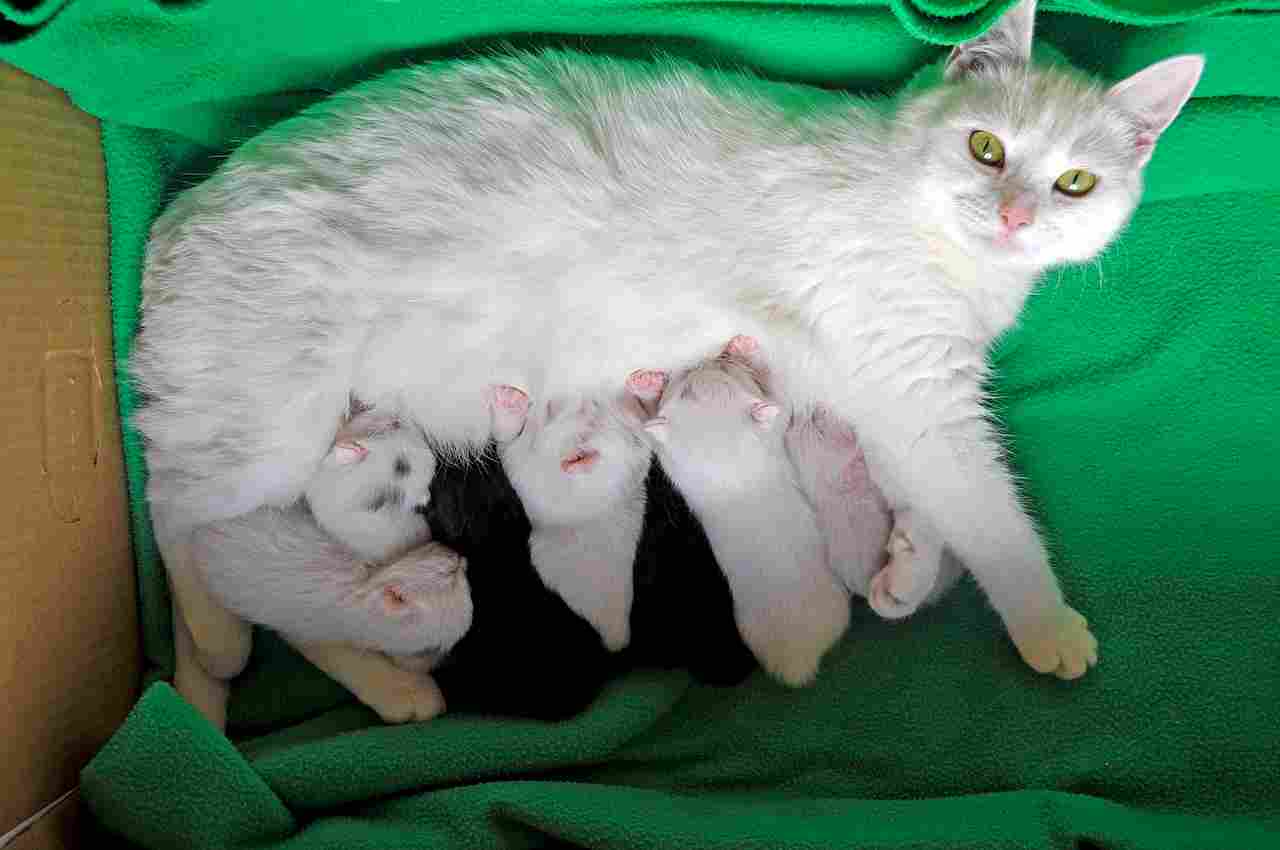
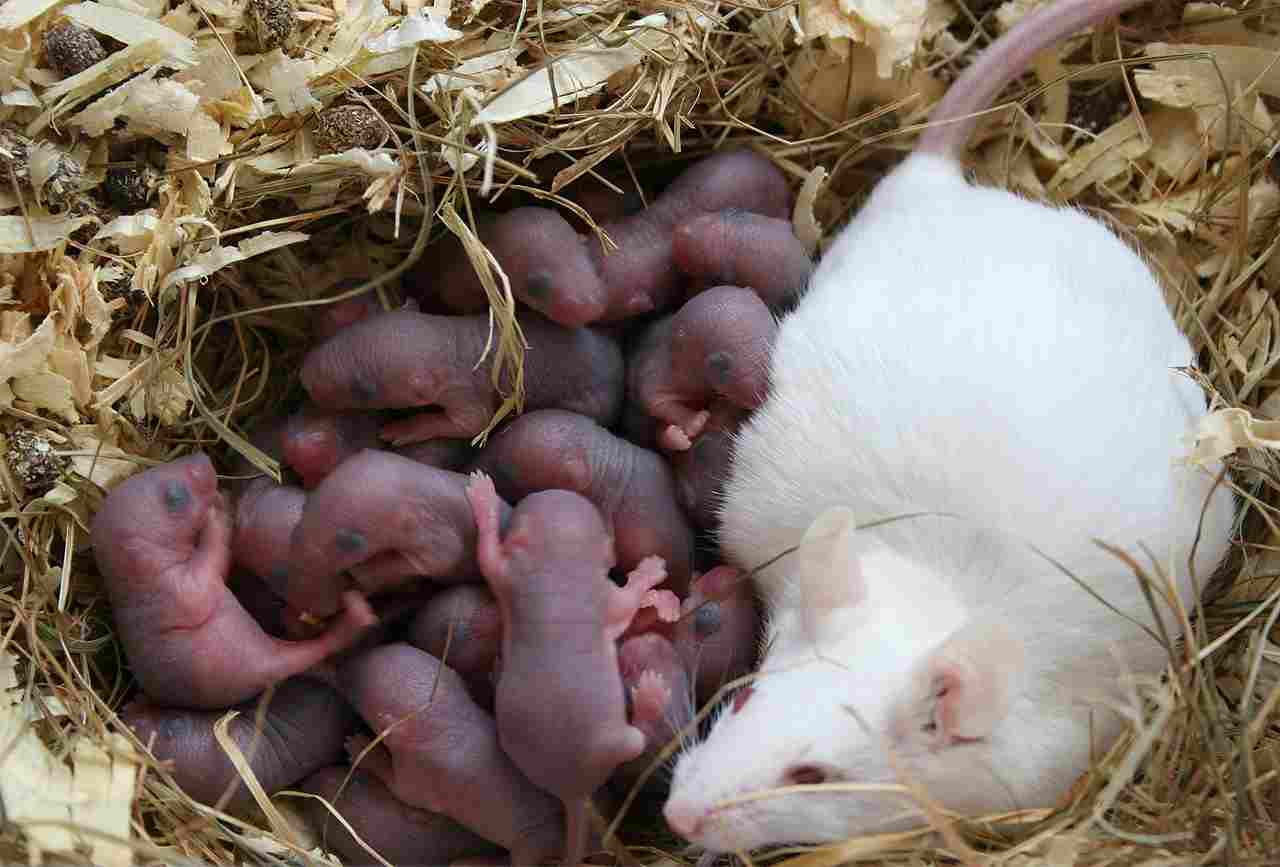
Cat:
Mother cats exhibit maternal care, nursing, grooming, and protecting their kittens.
Teach kittens hunting skills and provide support until independence.
Rat:
Female rats are attentive mothers, nursing and protecting their pups.
Provide social and learning interactions within the colony.
Comparison:
Both species display maternal care, ensuring the survival and development of their offspring.
Ecological Implications:
Parental behavior contributes to the survival and success of young individuals, influencing population dynamics.
20. Proximity to Human-Inhabited Areas:
Cat:
Domestic cats often live in close proximity to human settlements.
May form bonds with humans and serve as companions.
Rat:
Rats are highly adaptable to urban environments and may thrive near human habitations.
Considered pests in some situations due to their proximity to human activities.
Comparison:
Both species can coexist with humans but have different relationships with people.
Ecological Implications:
Proximity to humans influences resource utilization, potential conflicts, and the impact on local ecosystems.
21. Behavior Toward Humans:
Cat:
Domestic cats may exhibit varying behaviors, including affection, playfulness, or independence.
Can form bonds with humans and display social interactions.
Rat:
Wild rats are generally cautious around humans and may avoid direct contact.
Domesticated rats can be social and form bonds with their human caretakers.
Comparison:
Cats and rats show diverse behaviors toward humans, influenced by domestication and individual characteristics.
Ecological Implications:
Human interactions can affect the behavior and adaptation of these species in different environments.
22. Danger Posed to Humans:
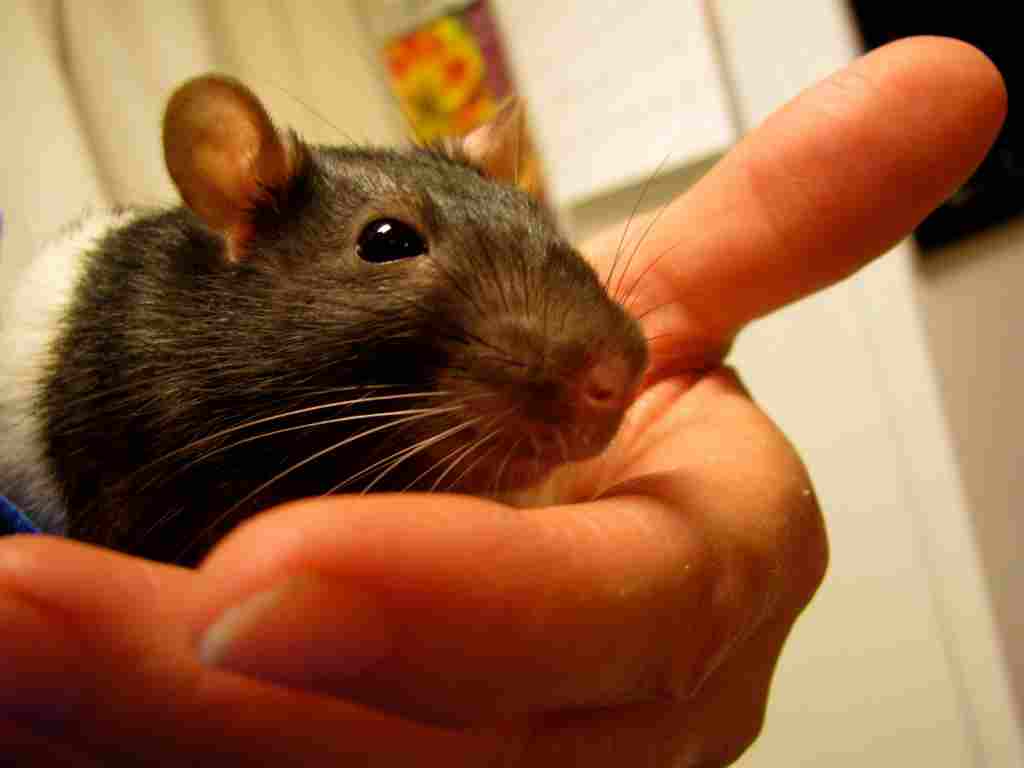
Cat:
Domestic cats are generally not considered dangerous to humans.
Rare cases of aggression may occur, usually in self-defense or due to stress.
Rat:
Wild rats pose minimal direct danger to humans; they may carry diseases indirectly.
Domesticated rats are typically not aggressive toward humans.
Comparison:
Both cats and rats, in general, do not pose significant direct threats to humans.
Ecological Implications:
Human perceptions of danger can impact the coexistence and management of these species in urban and rural settings.
23. Associated Precautions:
Cat:
Basic precautions include proper handling, vaccinations, and spaying/neutering for domestic cats.
Awareness of potential allergies and zoonotic diseases.
Rat:
Precautions involve proper waste management to reduce food sources for rats.
Addressing potential health risks associated with wild rat populations.
Comparison:
Precautions are specific to each species and focus on minimizing health risks for humans.
Ecological Implications:
Responsible management practices contribute to maintaining a balance in ecosystems shared with these species.
24. Conservation Status:
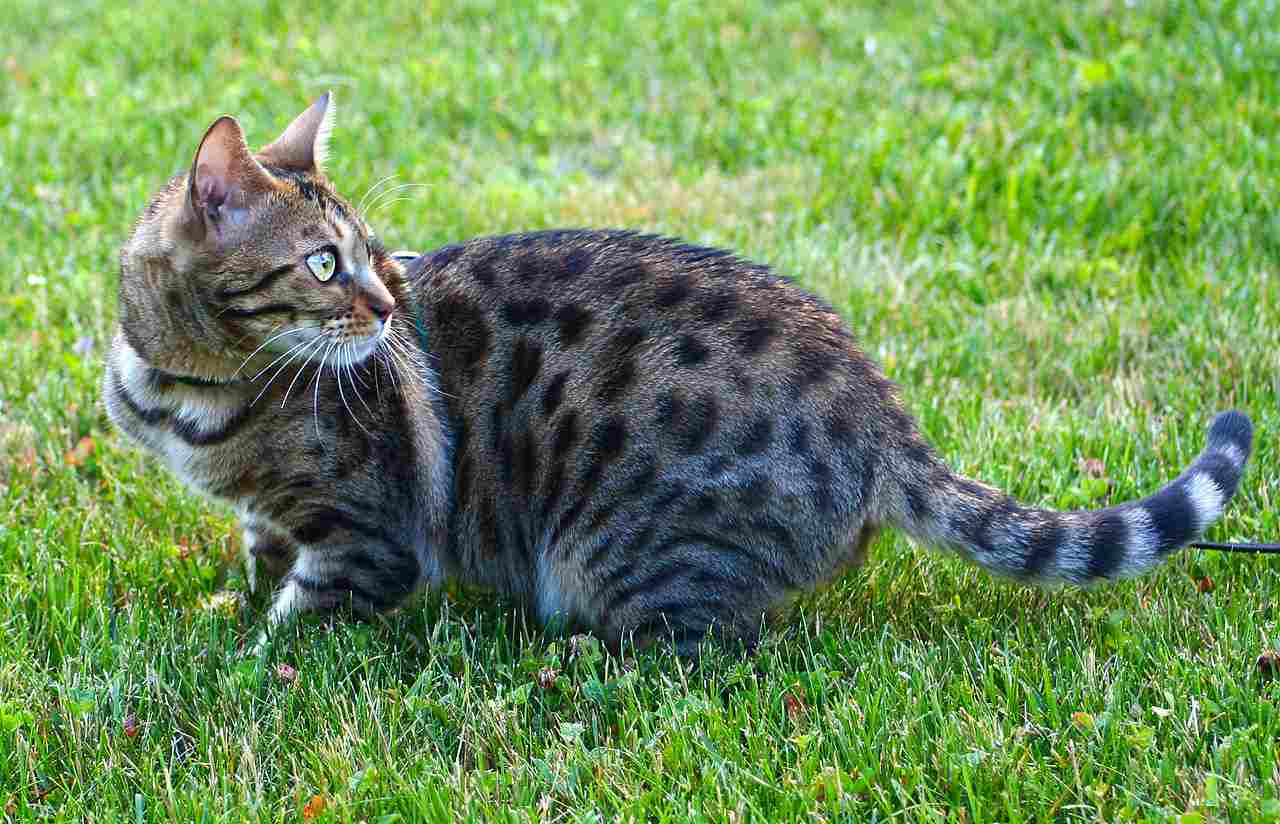
Cat:
Domestic cats are not listed as a conservation concern.
Some wild cat species are endangered due to habitat loss, poaching, and other threats.
Rat:
Common rat species are not conservation priorities.
Conservation efforts may focus on preserving ecosystems where rats play essential roles.
Comparison:
Conservation concerns vary between domesticated and wild species within each group.
Ecological Implications:
Conservation efforts for wild species consider their roles in ecosystems and the potential impacts on biodiversity.
Summary of Comparison
Appearance:
Cats: Varied coat colors, retractable claws, slender body.
Rats: Typically brown/gray fur, long tail, pointed snout.
Size:
Cats: Small to medium-sized; varies by breed.
Rats: Medium-sized, adults 6-9 inches in length.
Weight:
Cats: 5-20 pounds; varies by breed.
Rats: 7-18 ounces; varies by species.
Bite Force (PSI):
Cats: 150-200 PSI.
Rats: <10 PSI.
Physical Offensive Advantages:
Cats: Sharp claws, strong bite, quick reflexes.
Rats: Nimble, good climbers.
Physical Defensive Advantages:
Cats: Agility, speed, sharp claws, teeth.
Rats: Quick reflexes, burrowing ability.
Speed:
Cats: Up to 30 mph.
Rats: ~8 mph.
Agility:
Cats: Exceptional agility, jumping.
Rats: Agile, navigating narrow spaces.
Senses:
Cats: Excellent night vision, keen hearing, sharp smell.
Rats: Good night vision, acute hearing, strong smell.
Overall Physical Capacity:
Cats: Balanced strength, speed, agility.
Rats: Versatile, efficient burrowers and climbers.
Habitat Preference(s):
Cats: Adaptable, prefer areas with hiding spots.
Rats: Thrive in urban environments, prefer burrows.
Tracks:
Cats: Paw prints with retractable claws.
Rats: Paw and tail marks, erratic gait.
Lifespan:
Cats: 12-20 years.
Rats: 1-2.5 years.
Mode of Feeding:
Cats: Carnivorous.
Rats: Omnivorous.
Intelligence:
Cats: Problem-solving, social intelligence.
Rats: Highly intelligent, complex communication.
Social Behavior:
Cats: Varies (solitary to social).
Rats: Highly social, live in colonies.
Mode of Reproduction:
Cats: Sexually reproducing, gestation ~63 days.
Rats: Rapid reproducers, gestation 21-23 days.
Parental Behavior:
Cats: Maternal care, teach hunting skills.
Rats: Attentive mothers, provide social interactions.
Proximity to Human-Inhabited Areas:
Cats: Coexist, may form bonds with humans.
Rats: Adaptable to urban environments.
Behavior Toward Humans:
Cats: Varied (affectionate to independent).
Rats: Cautious (wild rats), may be social (domesticated rats).
Danger Posed to Humans:
Both generally not considered dangerous.
Associated Precautions:
Cats: Handling precautions, vaccinations.
Rats: Waste management, health risks.
Conservation Status:
Cats: Domestic not a concern; some wild species endangered.
Rats: Common species not conservation priorities.
Conclusion
I). Similarities:
Both cats and rats are mammals with complex behaviors and adaptations.
They share urban environments with humans, influencing and being influenced by human activities.
II). Differences:
Cats are carnivores with a range of sizes and behaviors, often serving as companions to humans.
Rats are omnivores, displaying high reproductive rates, and can be adaptable pests in human settlements.


